Aloe vera is one of the most versatile and beloved plants you can have at home. Not only does it look great on windowsills or in your garden, but it’s also packed with benefits. Its gel soothes burns, moisturizes skin, and even supports general wellness. The best part? With the right care, a single aloe vera plant can keep giving you new plants year after year, creating an endless supply for your home or even to share with friends.
If you’ve ever wondered how to multiply your aloe vera without buying new plants, propagation is the key. By learning simple techniques, you can grow healthy new plants from a single parent and maintain a thriving aloe garden indefinitely.
Understanding How Aloe Vera Grows
Before you start propagating, it’s important to understand how aloe vera develops.
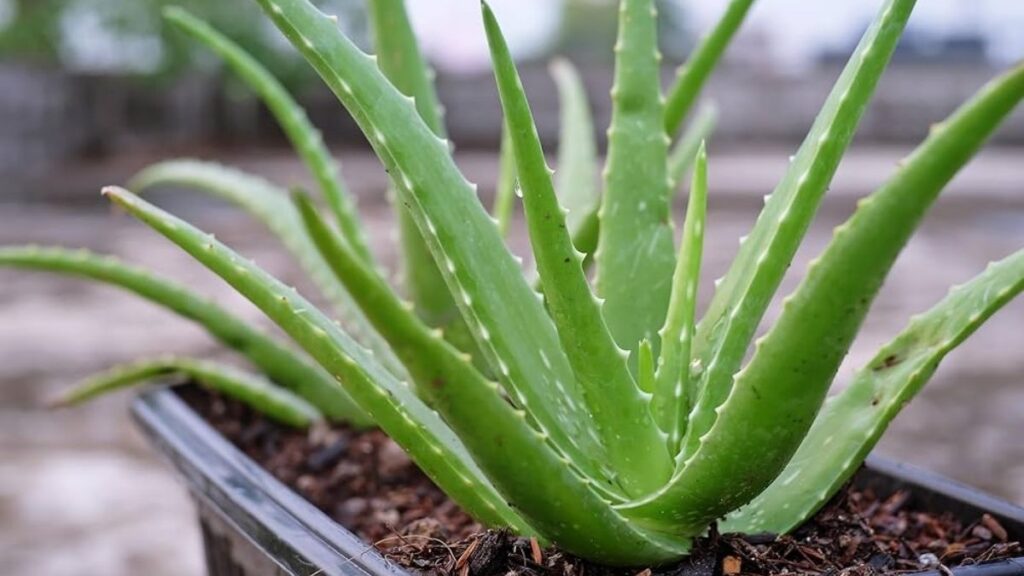
Aloe is a perennial succulent that grows in rosettes circular arrangements of thick, fleshy leaves. From the base of the parent plant, it produces small offshoots known as offsets or pups. These pups are genetically identical to the parent and are the easiest way to grow new plants. Aloe also has a shallow root system that spreads horizontally, which means it needs well-draining soil and enough space for propagation.
Knowing these growth patterns makes it easier to identify which pups are ready for separation and helps increase your success rate.
When to Propagate Aloe Vera
Timing is crucial. The best time to propagate aloe is during its active growth period, typically in spring or early summer. During these months, aloe grows faster and establishes roots more easily.
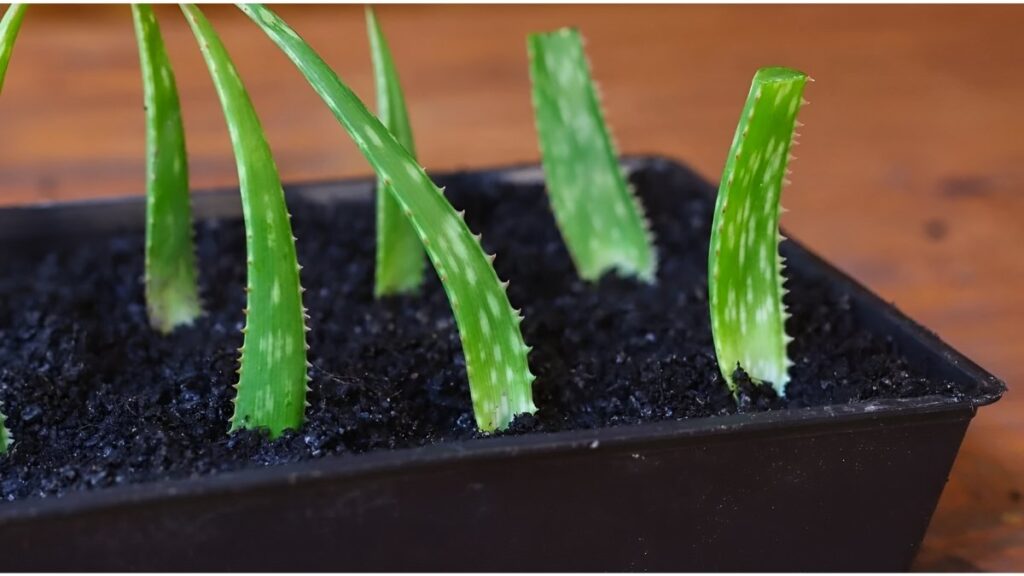
Avoid propagating in winter, when the plant is often dormant. Attempting propagation during this time reduces the chances of the pup surviving. By propagating in warm months, you give your new plants a strong start.
Choosing Healthy Offsets
Not all pups are ready to be separated from the parent plant. Look for offsets that are at least 3–4 inches tall and have visible roots emerging from the base. Healthy pups will have firm, green leaves with no signs of yellowing or disease.
Avoid small or weak pups they are less likely to survive after transplantation. Selecting the right offsets is the first step toward growing aloe vera successfully from one plant forever.
Preparing for Propagation
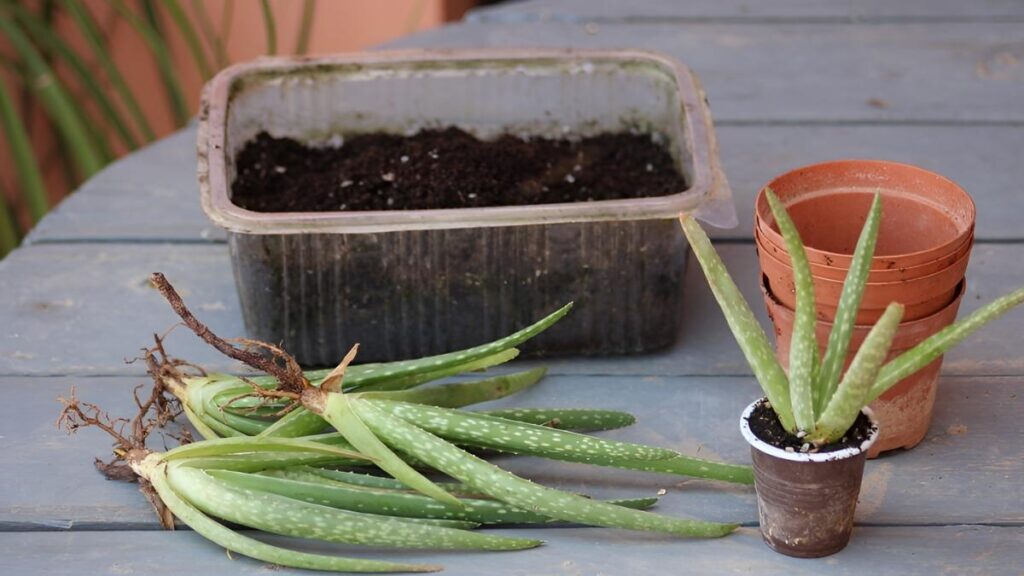
Proper preparation makes propagation much easier. Gather a clean, sharp knife or gardening shears to separate pups safely. Use a well-draining succulent or cactus soil mix, adding sand or perlite for extra drainage if needed. Small pots with drainage holes are ideal to prevent waterlogging.
Sterilizing your cutting tool before use helps reduce the risk of infection or fungal growth. Taking these simple steps ensures your pups have the best chance of thriving.
Step-by-Step Propagation
Separating Offsets:
Carefully remove the parent plant from its pot and gently brush away excess soil to expose the pups and roots. Identify the healthiest offsets, and using your sterilized knife, separate them, ensuring some roots remain attached.
Healing the Cuts:
Place the separated pups in a shaded area for 24–48 hours to let the cut edges callous over. This step prevents rot when the pup is planted in soil.
Planting the Pups:
Fill a small pot with the prepared soil. Plant the pup, burying the roots while keeping the leaves above the soil. Press the soil gently around the base for stability and water lightly to help settle the soil. Avoid overwatering during this stage, as young pups are highly susceptible to root rot.
Watering and Light
New aloe plants need careful watering. Avoid watering during the first week to let roots recover. After that, water sparingly, allowing the soil to dry completely between watering. Water more during spring and summer, and reduce watering in winter when growth slows.
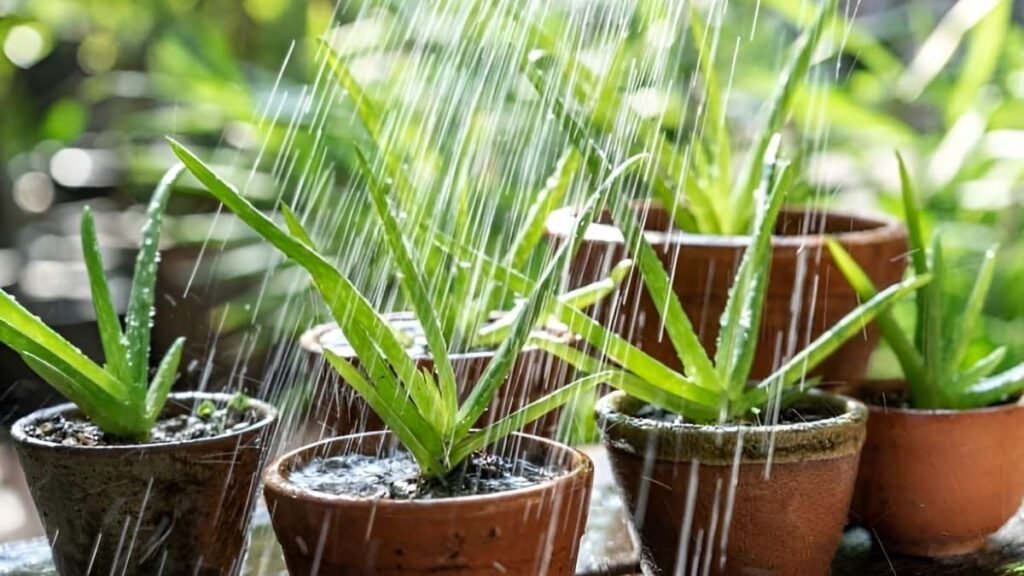
For light, start with bright, indirect sunlight to prevent sunburn. Gradually introduce the plant to more direct sunlight over a week or two. Aloe grows best with around 6–8 hours of light daily. Sudden exposure to harsh sunlight can scorch tender leaves, so patience is key.
Fertilizing and Long-Term Care
Young aloe plants don’t need much fertilizer. A diluted, balanced liquid fertilizer once a month during active growth is enough. Over-fertilizing can cause weak, leggy growth. As your plants mature, a little care goes a long way healthy parent plants will produce more pups, ensuring your supply continues indefinitely.
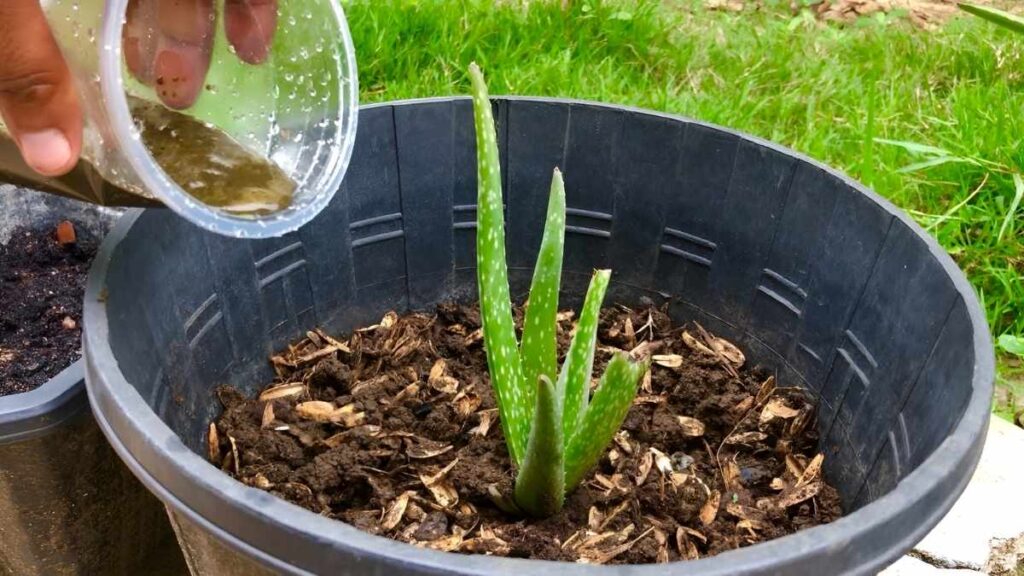
Keep an eye on soil moisture, watch for pests like mealybugs, and make sure plants have stable temperatures (around 60–75°F). With regular observation, your aloe garden will flourish.
Common Mistakes to Avoid
Some mistakes can hinder propagation success:
- Separating pups too early: Wait until they are 3–4 inches tall with visible roots.
- Planting in heavy soil: Always use well-draining soil.
- Overwatering: Allow the soil to dry between watering.
- Sudden sun exposure: Gradually acclimate new plants to sunlight.
Avoiding these pitfalls dramatically improves the survival rate of your aloe pups.
Benefits of Propagating Aloe Vera
Once you master propagation, you’ll enjoy multiple plants without extra cost. Separating pups gives the parent plant more space to grow and ensures continuous production. Propagated aloe can be used indoors, in garden beds, or as thoughtful gifts. Fresh leaves are always available for skincare, culinary use, or soothing burns.
By keeping a healthy aloe garden, you create a sustainable, beautiful, and practical plant collection that can last a lifetime.
Final Thoughts
Growing aloe vera from one plant forever is simple, rewarding, and cost-effective. By choosing healthy offsets, preparing soil and containers properly, watering carefully, and providing adequate light, you can maintain an endless supply of aloe plants. Patience and observation are key, but once established, your aloe garden can thrive indefinitely, giving you beauty, health benefits, and new plants for years to come.

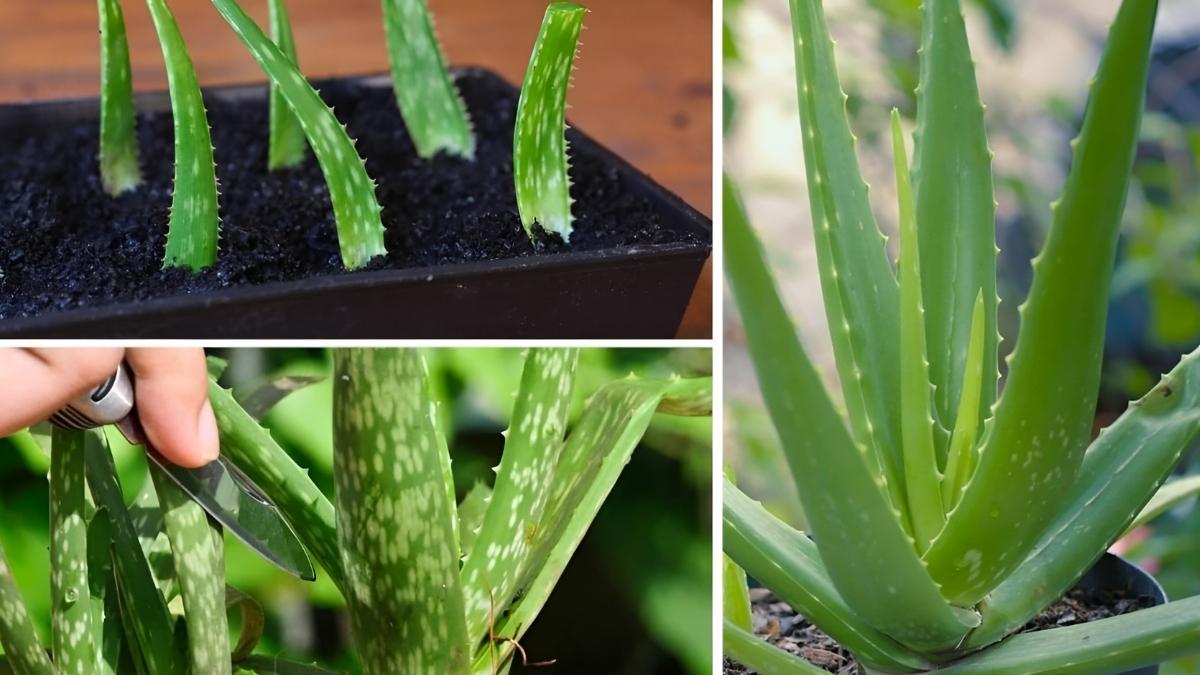

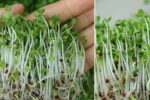

I have a huge aloe vera plant that blooms every year, I love it, thank you for the information on how to take care of it better.
Great advice I have to try my hand at this
didn’t have any luck before
Thank you peace.
Do not sell my email address
Amazing review.
Thank you so much!!!!
Now I understand why my aloe vera has been dyeing.
I’ve learnt a lot and I will carefully practice all you said here.
Bangladesh